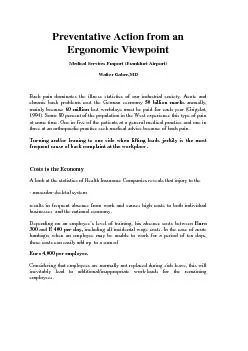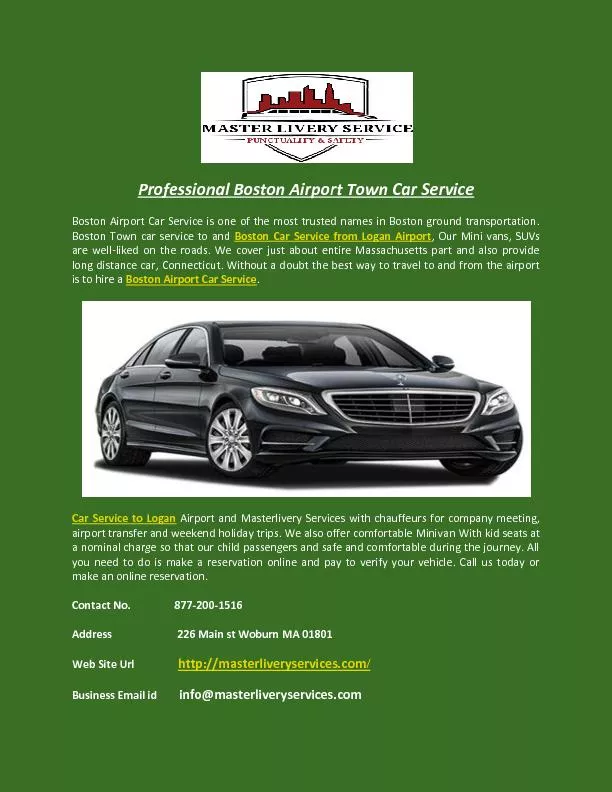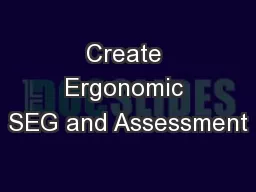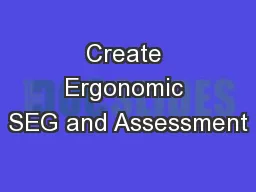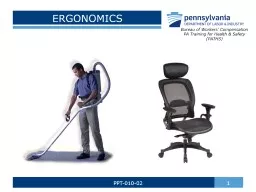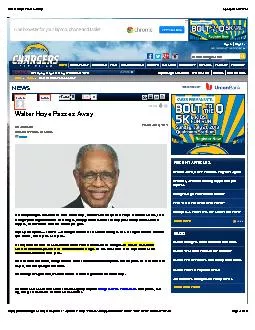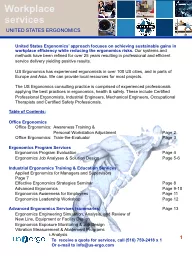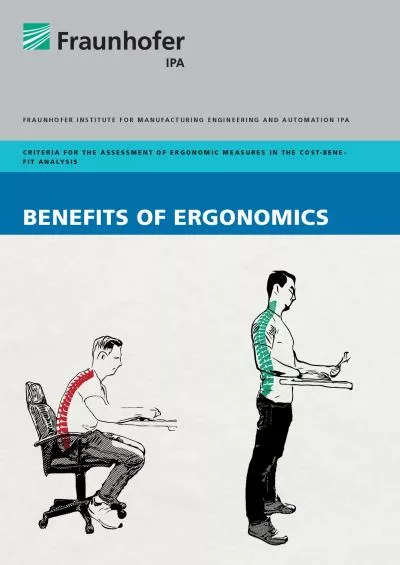PDF-Ergonomic ViewpointMedical Services Fraport (Frankfurt Airport)Walter
Author : luanne-stotts | Published Date : 2017-01-23
Reducing the Strain by Following an Ergonomically Correct Patternof MovementOur industrial society and its consequent progress has resulted in man changinghis lifestyle
Presentation Embed Code
Download Presentation
Download Presentation The PPT/PDF document "Ergonomic ViewpointMedical Services Frap..." is the property of its rightful owner. Permission is granted to download and print the materials on this website for personal, non-commercial use only, and to display it on your personal computer provided you do not modify the materials and that you retain all copyright notices contained in the materials. By downloading content from our website, you accept the terms of this agreement.
Ergonomic ViewpointMedical Services Fraport (Frankfurt Airport)Walter: Transcript
Download Rules Of Document
"Ergonomic ViewpointMedical Services Fraport (Frankfurt Airport)Walter"The content belongs to its owner. You may download and print it for personal use, without modification, and keep all copyright notices. By downloading, you agree to these terms.
Related Documents

